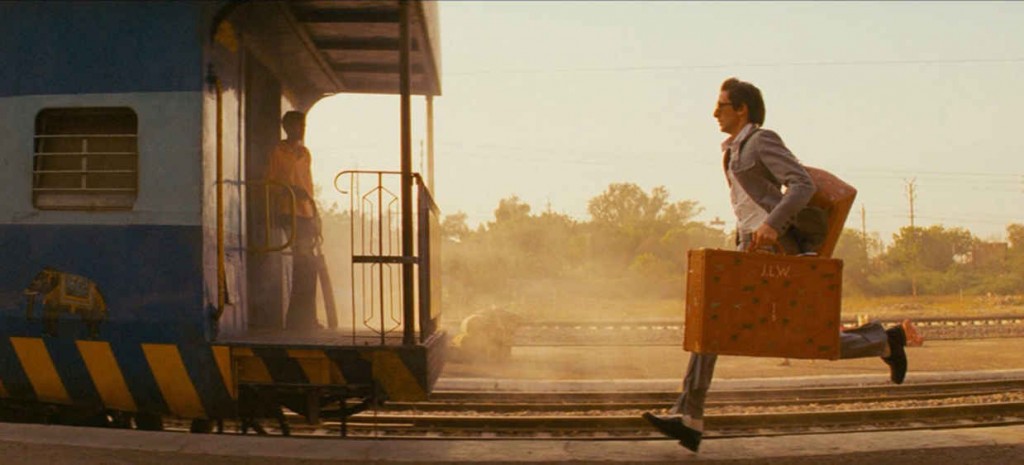
A while back, I spotted an article about the “70 Most Beautiful Cinematic Shots in Movie History” and I wanted to see what techniques directors use in movies that we can use in our photographs. People often say that they would like their pictures to tell a story. So what better place than the movies to do a little research! After scanning the highlights, I selected a handful of the movie stills to demonstrate what techniques they use in the movies.
For those who insist that there are no rules in photography, remember that there might not be hard-wired rules like in a board game, but there are definitely tools.
There were four major techniques that I found most popular in movie making. In some images they are overlapping, like Figure to Ground AND Atmospheric Perspective, but for simplicity I grouped them by the strongest element in each frame.
While most photography teaching will command you to NOT put the subject in the center of the frame, movie making will tell you that central composition works with amazing frequency, no matter how many times we see it. I tend to agree with the movie makers. The other more subtle techniques – Atmospheric Perspective, Linear Perspective and Figure to Ground – are the basis of my online courses and The Photographer’s Tool Box video.
For those who insist that there are no rules in photography, remember that there might not be hard-wired rules like in a board game, but there are definitely tools. The whole purpose of training is so that our actions become intuitive reactions to a given situation. The keyword in that sentence is ‘become.’ Intuition without training is like picking up a guitar for the first time and making sounds … trust me, it will not sound like Jimi Hendrix no matter how much ‘intuition’ goes into the performance. Cameras are no different.
Here is a selection of stills from movies in the last 40 years. As we can see, by using these techniques the movie makers are not limited in their creativity. The options and expressions are endless. What good technique does is allow the viewer to have an effortless viewing experience, which is one of the many reasons movies are popular.
The options and expressions are endless.
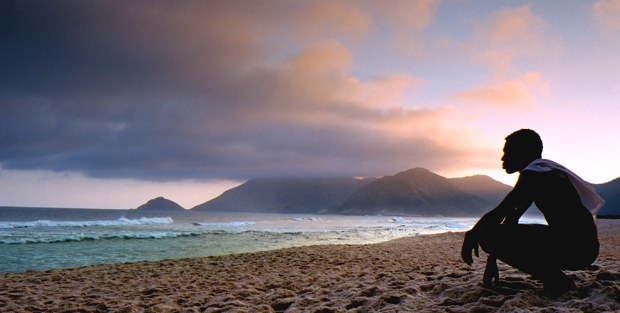
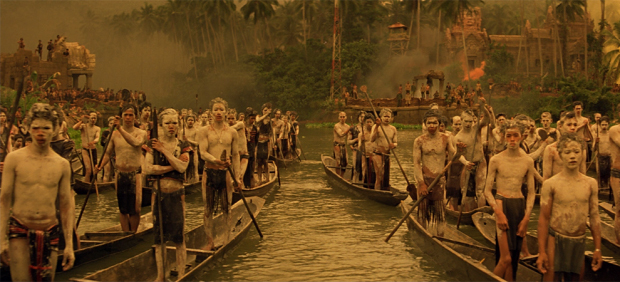
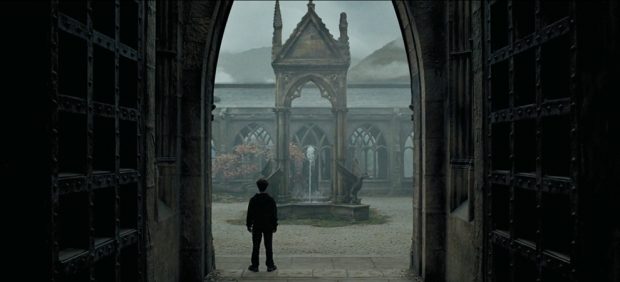
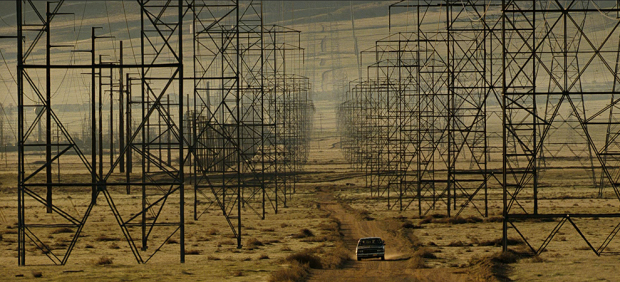

When a photographer can begin to think more like a director and less like a surveillance camera operator, their pictures will become infinitely more powerful, interesting, and stand a much better chance of telling a story in a single frame.